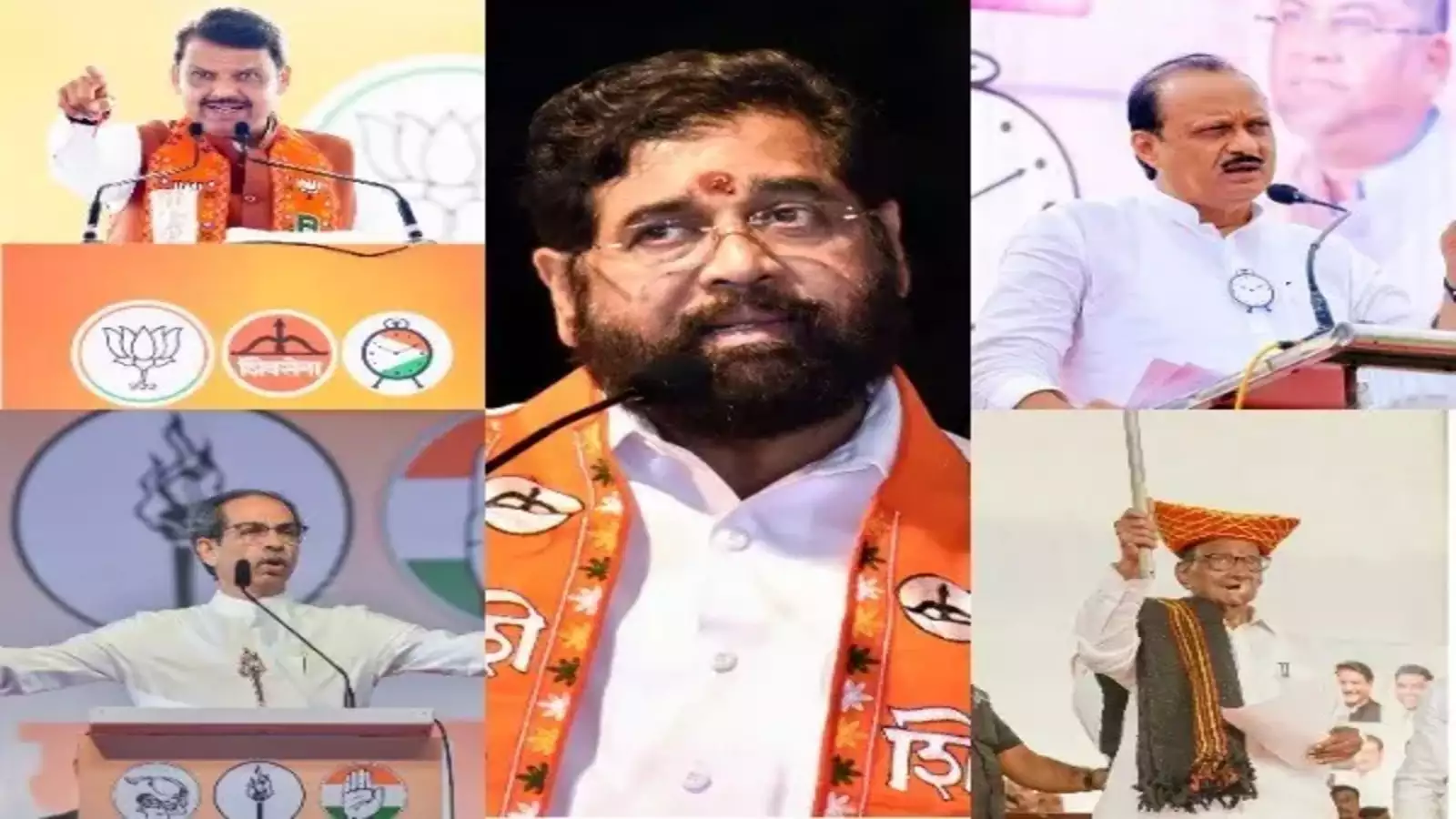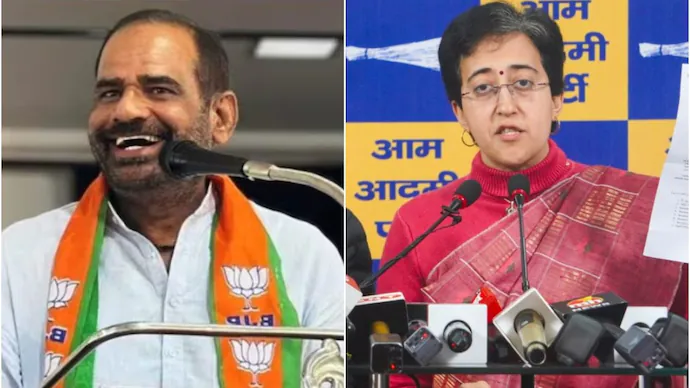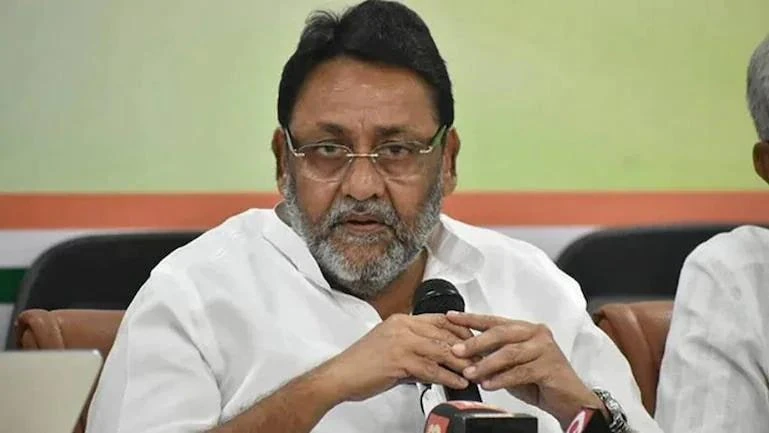MUMBAI: In a dramatic political turnaround, the ruling Mahayuti alliance has bounced back from its Lok Sabha election setback to secure a commanding victory in the Maharashtra Assembly elections, winning 230 of the 288 seats—a three-fourths majority. In contrast, the opposition MVA (Maha Vikas Aghadi), which led in 153 Assembly segments during the LS polls, has been reduced to just 46 seats.
A major factor credited for Mahayuti‘s victory is the Ladki Bahin Yojana, a cash transfer scheme for women, which proved to be a game-changer. This, coupled with the consolidation of OBC and pro-Hindutva votes, created a decisive advantage for the alliance.
For the BJP, Shiv Sena (led by Eknath Shinde), and Ajit Pawar’s NCP faction, the results mark a significant achievement. The BJP not only scored a hat-trick of Assembly poll victories but also achieved its best-ever performance in the state, winning 132 seats—surpassing its previous high of 122 in 2014. The victory re-establishes Deputy CM Devendra Fadnavis as a strong contender for the Chief Minister’s post.
The verdict also legitimizes Eknath Shinde’s Shiv Sena and Ajit Pawar’s NCP factions as heirs to their respective party legacies. Shinde’s Shiv Sena secured 57 seats compared to the Uddhav Thackeray-led Shiv Sena (UBT)’s 20, while Ajit Pawar’s NCP won 41 seats against the Sharad Pawar-led faction’s 10.
A Crushing Blow for the Congress
The Congress suffered its worst-ever defeat in Maharashtra, winning only 16 seats—less than half its 2014 tally of 42. Once a bastion for the party, Maharashtra has seen Congress’s influence dwindle significantly.
Women-Centric Schemes: The Key to Victory
The Ladki Bahin Yojana, inspired by Madhya Pradesh’s Ladli Behna Scheme, was pivotal in galvanizing women voters. The scheme provides a ₹1,500 monthly stipend to underprivileged women aged 21-65 with annual family incomes below ₹2.5 lakh. By election day, over 2.4 crore women had received three instalments totaling ₹7,500, with an assurance to raise the stipend to ₹2,100 if elected.
This targeted approach resonated strongly, leading to a 6% rise in female voter turnout—from 59.2% in 2019 to 65.2% in 2024. Additional women-oriented promises, including three free gas cylinders for 52 lakh households and free higher education for girls from families earning below ₹8 lakh annually, further boosted support.
Regional Dynamics and Strategic Moves
- Vidarbha and Marathwada: Despite farmer unrest over low crop prices, Mahayuti countered opposition attacks by offering subsidies and free power schemes, maintaining dominance.
- Western Maharashtra: Ajit Pawar’s NCP faction leveraged control over cooperatives and local networks to outmaneuver rivals.
- Urban Regions: In the Mumbai Metropolitan Region, BJP cemented its lead, winning 15 seats, while Shiv Sena (UBT) managed 10, surpassing Shinde’s faction.
- OBC Counter-Consolidation: The BJP successfully mitigated the impact of the Maratha quota agitation by consolidating OBC votes, weakening opposition momentum.
Challenges for Opposition Leaders
Uddhav Thackeray’s political future appears uncertain as his faction continues to lose ground to Shinde’s Shiv Sena. Similarly, Sharad Pawar faces an existential crisis for his NCP faction, with Ajit Pawar gaining prominence.
The Road Ahead
The victory highlights Mahayuti‘s ability to adapt and recover, with strategic policy interventions and robust electoral management. The alliance’s success in blending women-focused welfare schemes with Hindutva and caste-based appeals underscores a well-executed campaign, leaving the opposition reeling and searching for answers.




